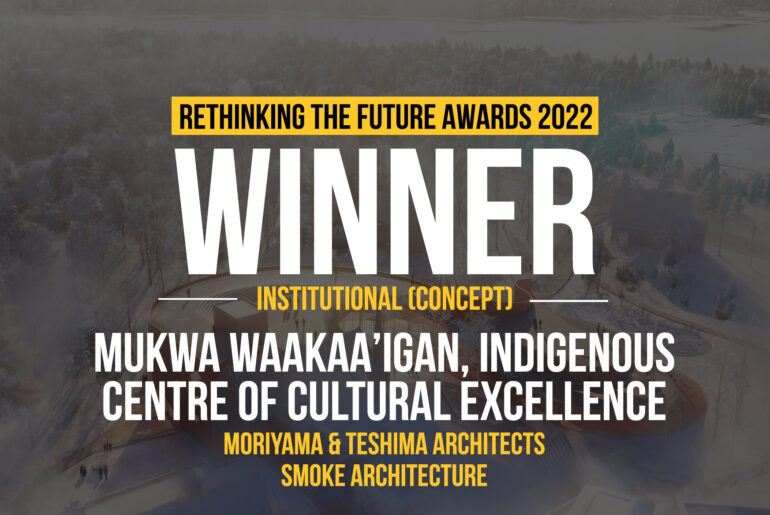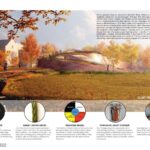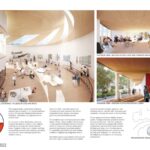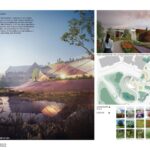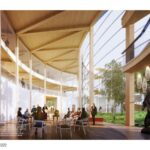The Canadian Residential School system was funded by the Canadian Government and administered by the Christian Churches. For a century, indigenous children were taken from their parents, families and communities to be assimilated with the dominant colonial cultures. The last school was closed in 1997.
Rethinking The Future Awards 2022
First Award | Institutional (Concept)
Project Name: Mukwa Waakaa’igan Indigenous Centre of Cultural Excellence at Algoma University
Studio Name: Moriyama & Teshima Architects Inc.
Smoke Architecture Inc.
Design Team:
Carol Phillips | Partner in Charge | Principal, Moriyama & Teshima Architects
Eladia Smoke | Project Architect | Principal, Smoke Architecture
Mahsa Majidian | Project Manager | Moriyama & Teshima Architects
Larissa Roque | Intern Architect | Smoke Architecture
Eric Klaver | Landscape Architect | PLANT
Terence Radford | Landscape Architect | Trophic Design
The design team also included:
Moriyama & Teshima Architects:
Carolina Mellado, Ehsan Naimpour, Christina Hu, Jay Zhao, Melissa Poon
Smoke Architecture:
Bohdana Innes, Jennifer Kinnunen, Chelsea Jacobs, Mackenzie Pitawanakwat, Marley Bob
Area: Net Program Area: 27,000 sqft
GFA: 37,000 sqft
Year: 2022 – 2024
Location: Sault Ste. Marie, Ontario, Canada
Consultants:
Moses Structural Engineers | Structural Engineering
WSP | Mechanical Engineering, Electrical Engineering, Civil Engineering, Site Services
LMDG | Code Consulting Life Safety
BTY | Cost Consulting
Human Space | Accessibility Consulting
Integral Group | Sustainability and Energy Modelling
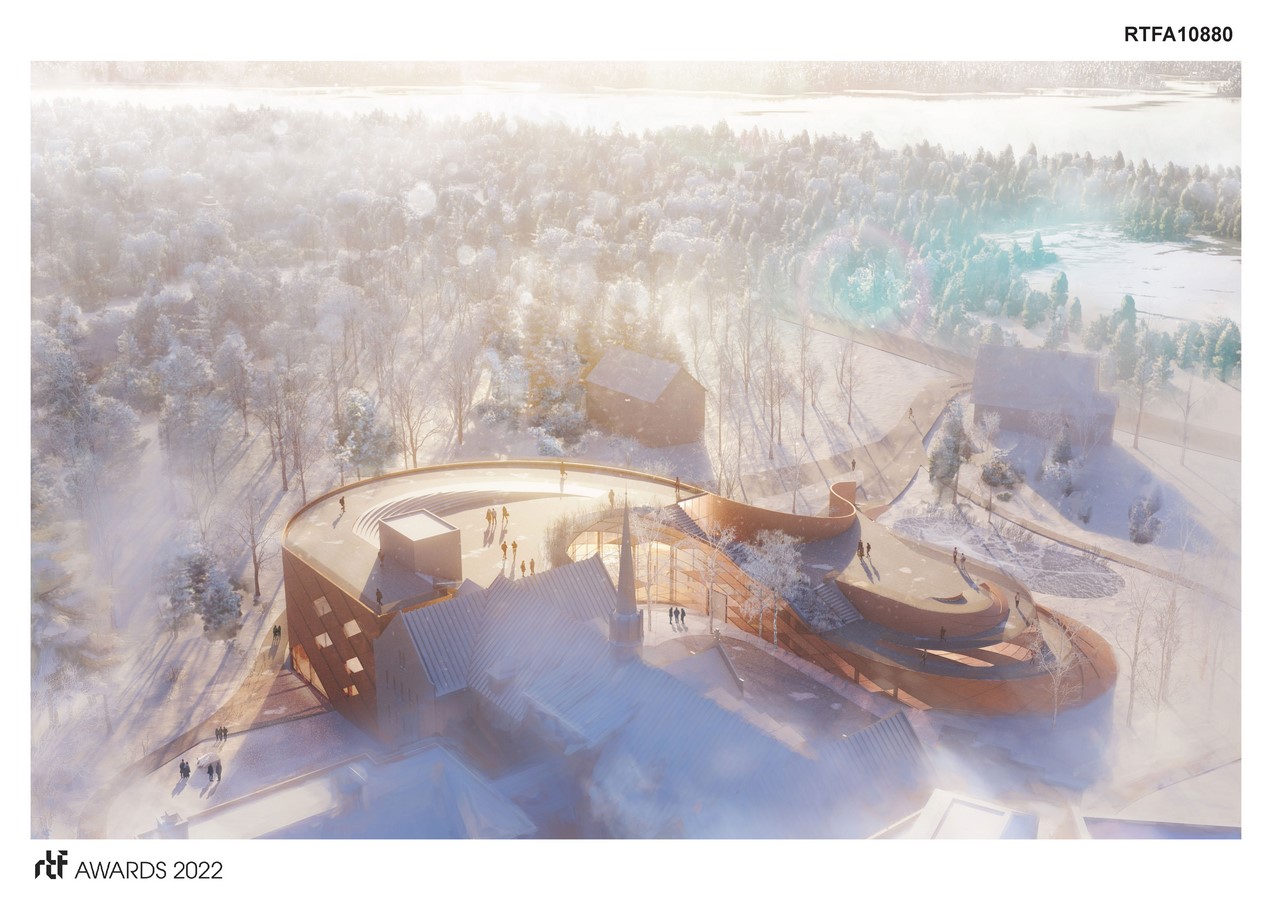
At the entry to Algoma University in Sault Ste Marie, Canada, a place referred to as the heart of the Anishinaabe Nation, stands the imposing Shingwauk Hall, a former residential school. Children from 184 First Nations communities across Canada were brought here. Closed in 1970, it is now home to an extensive exhibition on the history of the Residential School and the legacy of the school’s survivors. Together, the Children of Shingwauk Alumni Association and Algoma University have embarked on a project of healing and reconciliation.
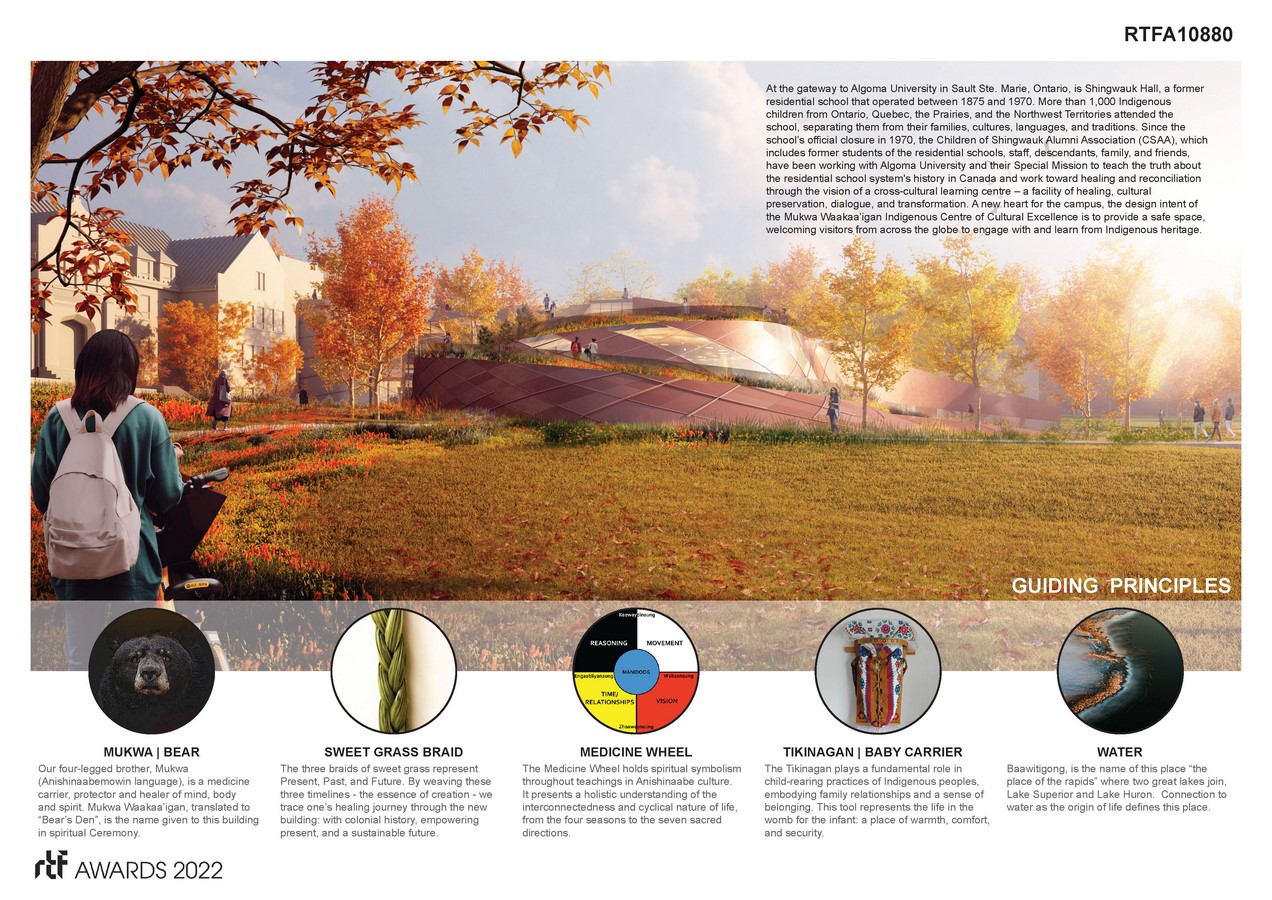
Mukwa Waakaa’igan, is the name given to the project through spiritual ceremony. It will be positioned next to Shigwauk Hall and form a new campus gateway. The project’s vision is that of a cross-cultural Centre of Excellence where through truth telling, healing, teaching and learning, cultural preservation and transformation, the promise of reconciliation can be achieved and the universal principles of respect toward one another and the planet fostered.
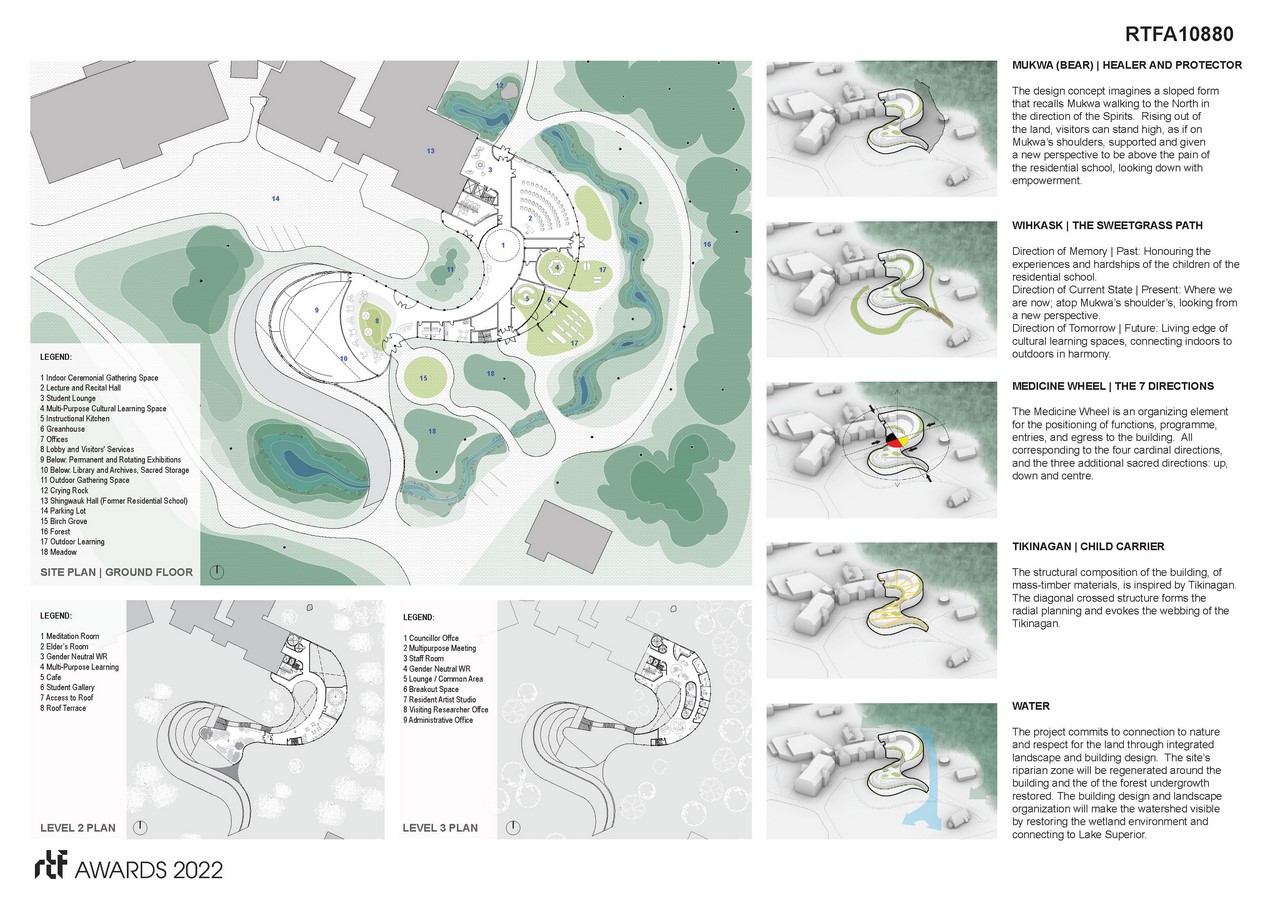
Mukwa Waakaa’igan’s archive will conserve the truth of the residential schools, the work of the Children of Shingwauk Alumni, and the impact of generational trauma. It will house classrooms, opportunities for land based learning, offices for research, spaces for sacred ceremony and rotating exhibits for regional, national and international cultural exchange.
The building design targets minimal impact on the land using regional low carbon materials and passive principles. The narratives that drive the design are drawn from the culture.
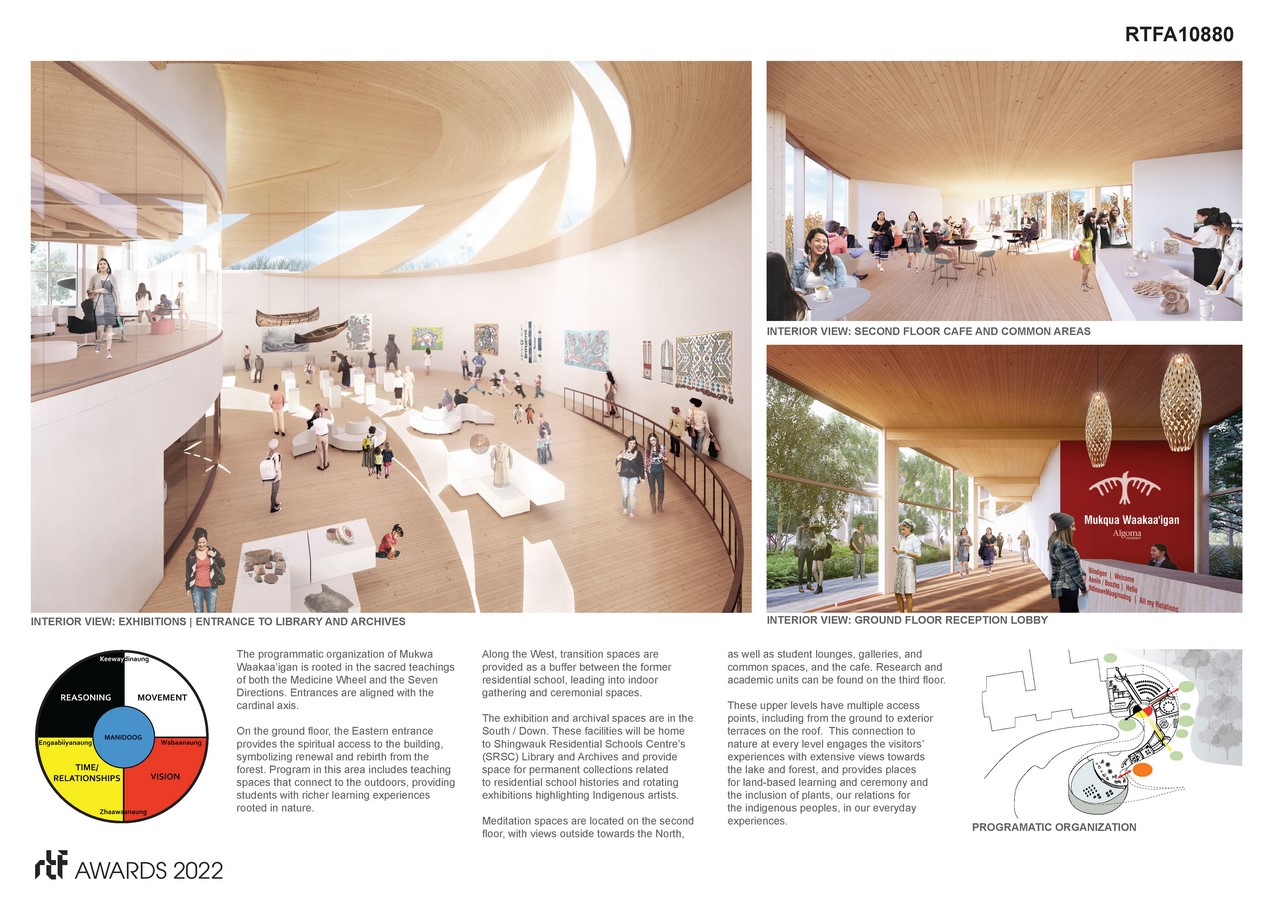
Mukwa – The Bear
Walking North, the direction of Spirits, the building emerges from the land and rises up above Shingwauk Hall, evoking Mukwa’s profile. It provides support for the community to stand on his shoulders overlooking the residential school from a place of empowerment.
The Sweetgrass Braid – Intertwined Paths of Past, Present and Future
The building is integrated into the landscape permitting three distinct pathways of experience: past – confronting the residential school; future – a forested passage balanced with nature; and present – moving to higher ground.
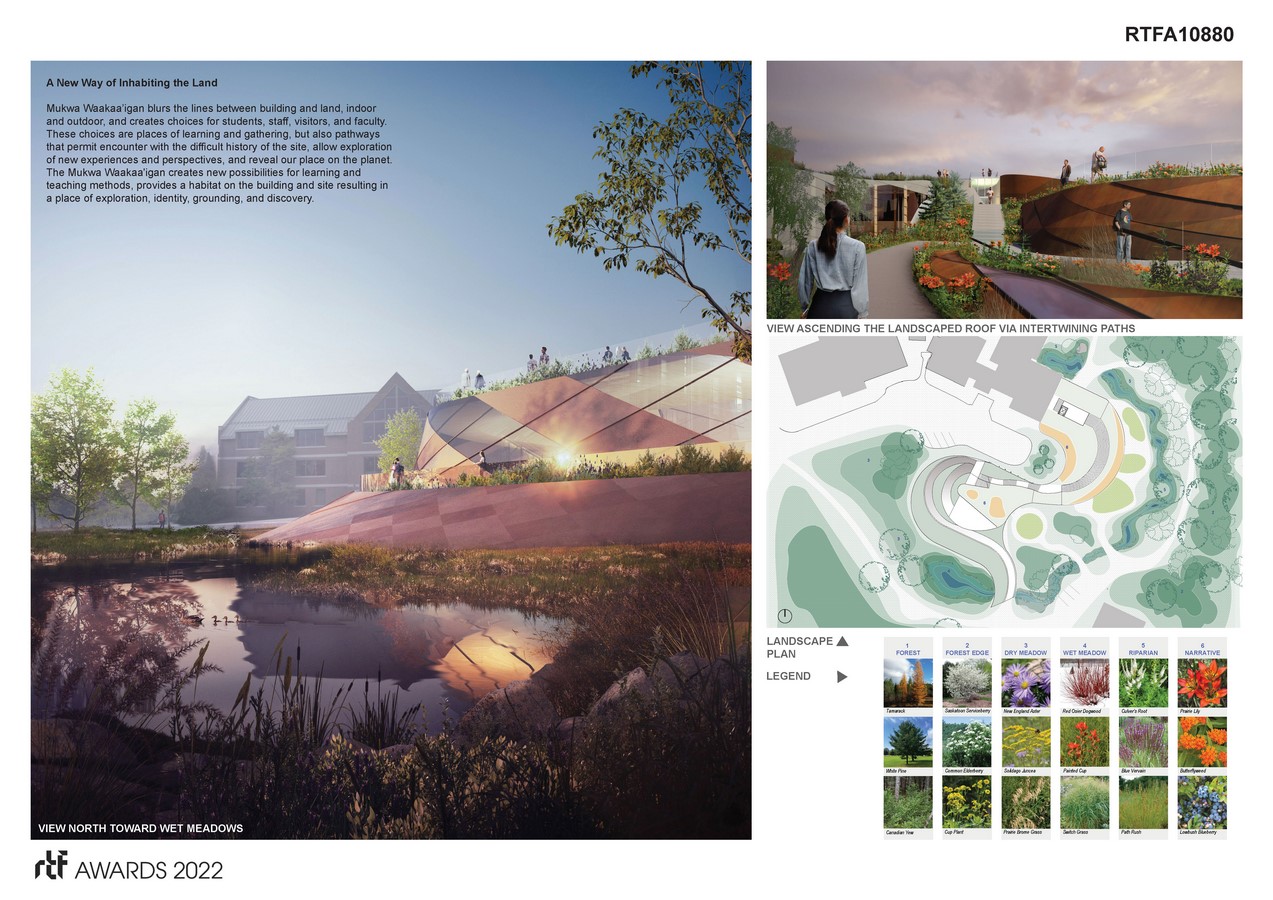
The Medicine Wheel
Common to many first nations on Turtle Island. The cardinal directions and their meaning form the organization of major functions and locates key entrances and exits.
Tikinagan
This traditional child carrier symbolizes the preciousness of children and the value of keeping children safe, secure and united with community and family. The Tikinagan’s lacing inspires the building’s mass timber structure – the webbed pattern facilitates the dual curves of the building and evokes the protective lacing.
Baawitigong – Water
“The Place of the Rapids”; a gathering and trading place for the First Peoples of this area. The building will be integrated with a wetlands landscape design, restoring the riparian context creating a living lab for ecology research, traditional medicine education and a new habitat for many living species.

